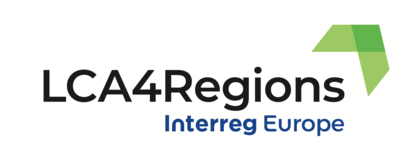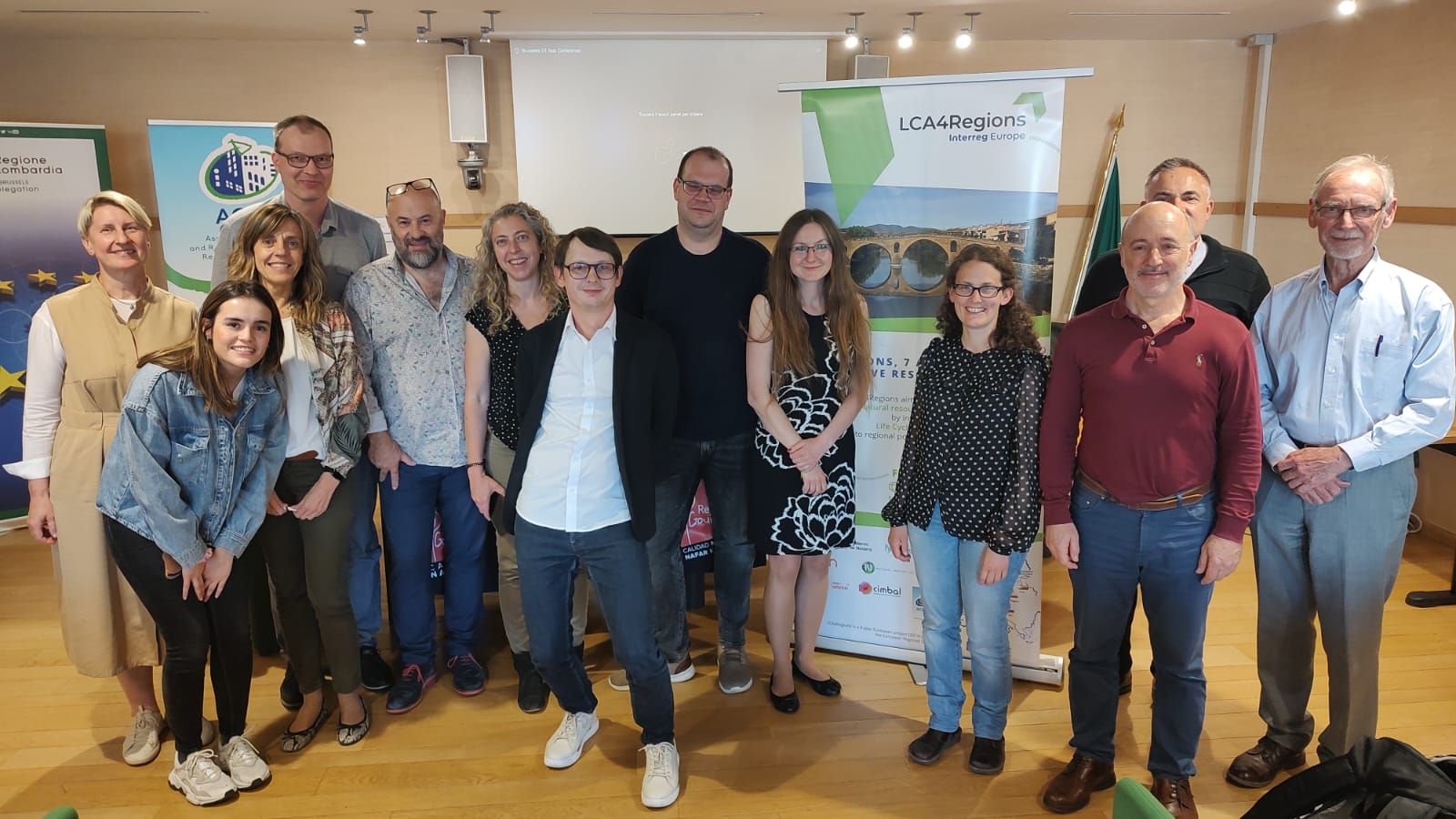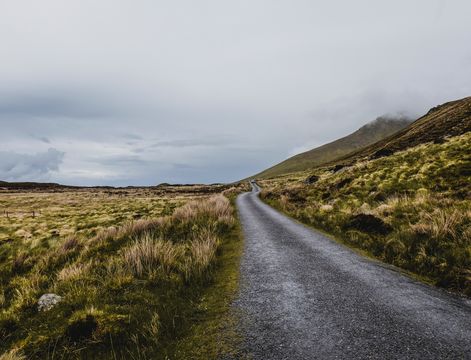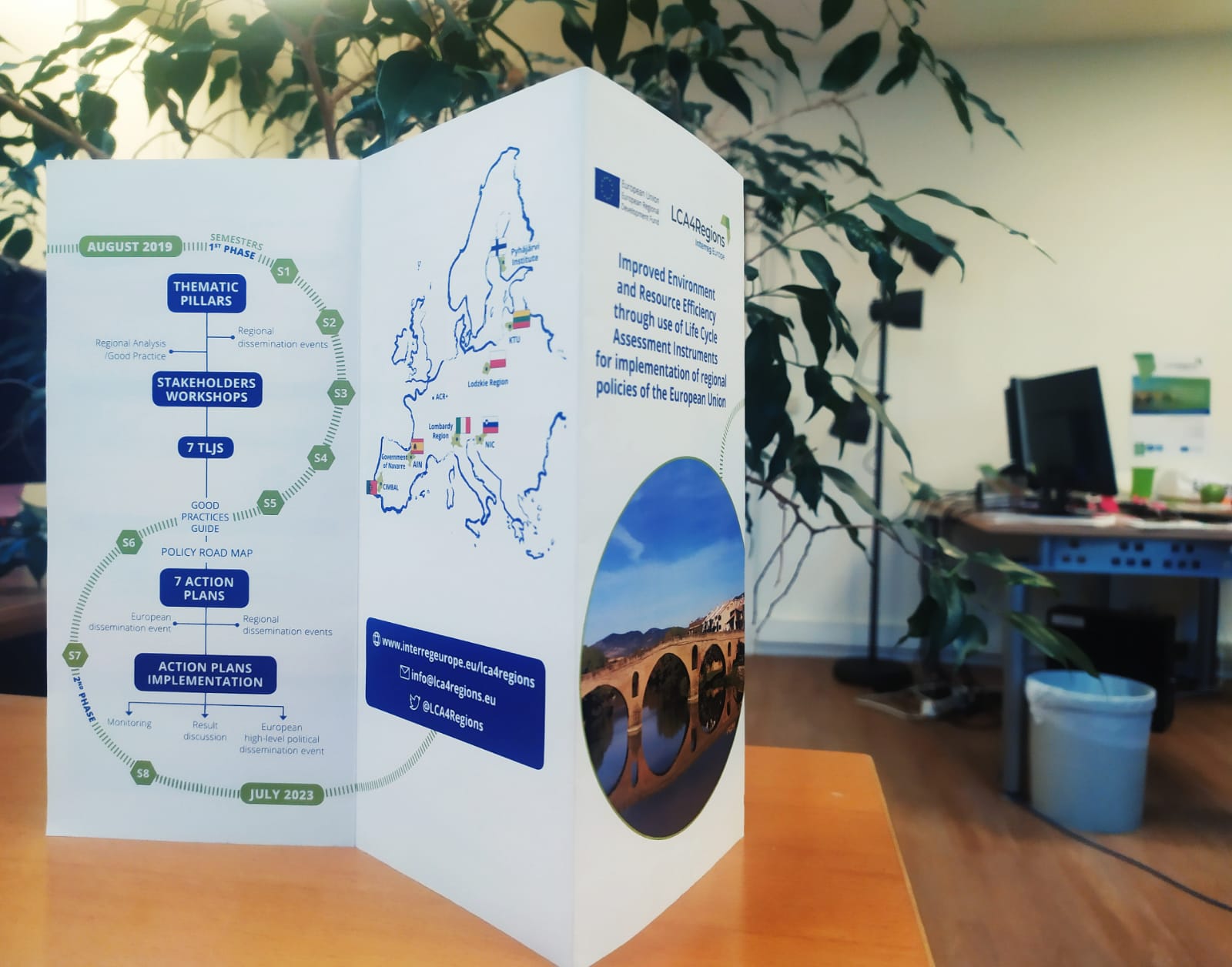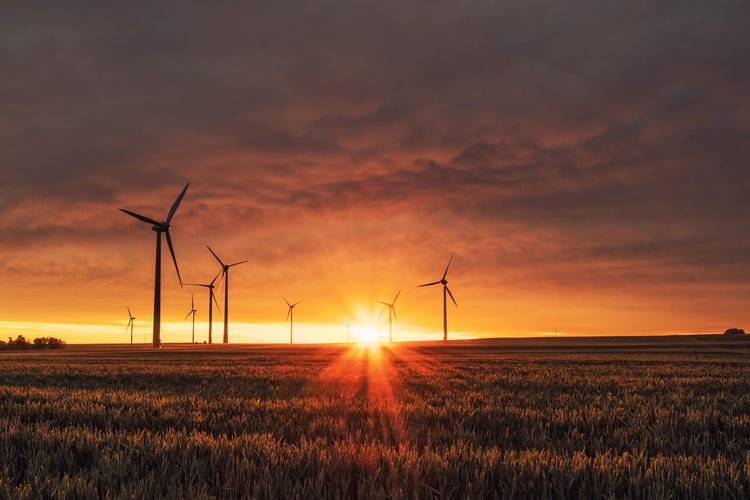The main activity of the Interreg Europe program, and therefore of the LCA4Regions project, is the exchange of experiences between European regions in order to improve public policies in the different participating regions. For this reason and because its Action Plan has been inspired by a Good Practice from Navarra, a bilateral learning journey took place between Navarra and Satakunta last May. The team of Navarra and AIN welcomed representatives of Satakunta and took them on an insightful tour of organisations and initiatives in Navarra that are working to prevent food waste, reduce environmental impacts and promote the quality of life of the most vulnerable people.
You will find below a summary of this visit from both point of view!
View from Satakunta
Thanks to the effective exchange of experiences at work during the first phase of the LCA4Regions project, Satakunta constructed its Action Plan around more efficient food distribution systems. A Good Practice described by Navarra was a an important inspiration for Satakunta. By implementing LCA, Navarra has been able to show the positive environmental effects of their Food distribution systems.
In the southern part of Navarra, in Tudela, excellent example of well functional food distribution arrangement was presented by Villa Javier. It included soup kitchen, supermarket, child care and educative units, all arranged in an attractive manner, for both customers and (mostly) volunteers. To finance their actions, a take-away restaurant has recently been opened.
In Pamplona, Satakunta representatives learnt about further several good examples. They got to know about the the Horizon 2020 Foodrus project about circular solutions for resilient food systems to undertake food waste prevention, in which AIN is a partner. The sustainability work by Smurfit Kappa – examples from the primary production side of the food chain - was also presented.
A second intensive day included a visit to beautifully organised Navarra Food Bank and a presentation of the Agrifood Cluster of Navarre, an organization of companies aiming to continuously improve the competitiveness of their partners. Representatives of the rural region of Yerri Valley closed the delightfully diverse programme by explaining the Buruxka project. It consists in the implementation of an earning recovery project creating a social and environmental value. After harvesting, gleaning is utilised. The gleaning consists of collecting the food that remains in the field after the harvest and that is not intended for sale.
The bilateral exchange lasted only two days but during this short time Navarra presented many good examples to Finns within a versatile programme. This exchange has been fruitful and LCA will definitely be used as a guiding tool that will further be implemented in Satakunta policies.
View from Navarra
As a starting point, Navarra presented the good practice of calculating the carbon footprint of the activities of the Food Bank of Navarra (BAN) higlighting the good work done not only in the social aspect, providing food to the most vulnerable, but also the positive environmental impacts, since without BAN more greenhouse gas emissions would have been generated.
The visit began in Villa Javier, Tudela, the nerve center of all the activities carried out through the Fundación Tudela Comparte, where they showed their food collection center, the soup kitchen, the " Capacico" self-service store where food is distributed to take away and cook at home, the training classrooms, the playroom-nursery. The visit included the Obrador, one of its latest circular and inclusive economy project, which aims to create an enterprise with female leadership for the social and labor insertion of disadvantaged people, converting local agri-food surpluses in an artisanal way into innovative food products of high organoleptic and nutritional quality. After that, AIN presented the FoodRus project that seeks to create resilient food systems in Europe through circular solutions that prevent food losses and waste. And finally the Marketing Director of Smurfit Kappa told visitors about sustainable packaging projects for agriculture and food and its life cycle analysis tool that compares the different packaging materials that can be used with the aim of see which one has less environmental impact.
On the second day, Satakunta visited the facilities of the Navarra Food Bank and discovered its entire system for collecting, classifying, labeling and distributing food. It was followed by a visit to the Nagrifood offices where they presented a national project in which they were involved in order to design an innovative strategy to reduce food losses. Finally, we learned about the Buruxka from the Yerri Valley project with its innovative pilot project that has recovered the practice of gleaning to reuse the food that remains in the field after harvest and redistribute it to people who are going through a difficult situation.
